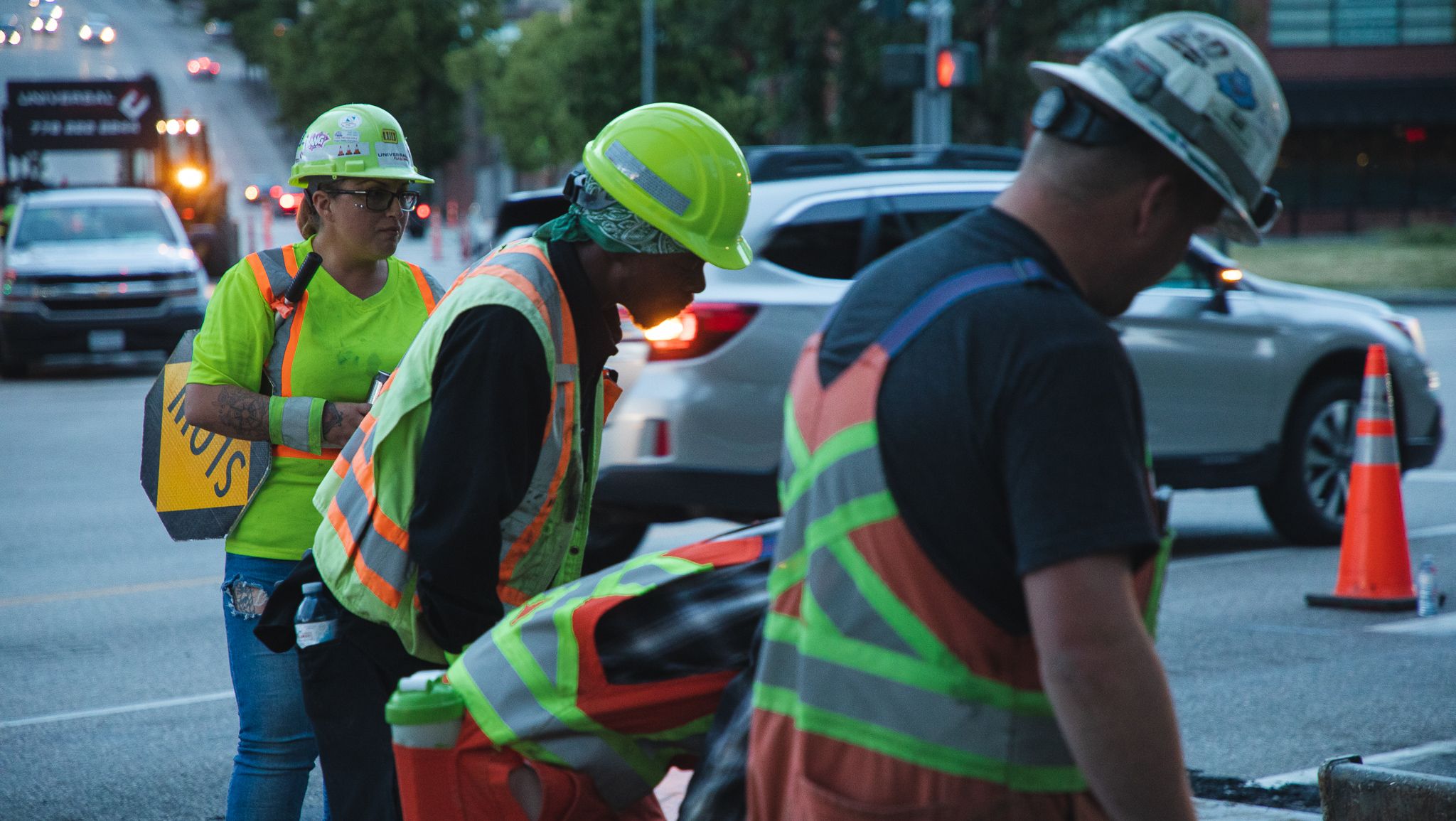Personal Protective Equipment: Why is PPE Important?
Construction sites, landscaping environments and outdoor city operations are busy job areas where workers can be exposed to a range of different dangers. Workers can be struck in the head or eyes with flying debris. Chemicals used in landscaping or construction work may cause respiratory problems, skin irritation or eye irritation. In addition, running equipment can create excessive noise at high decibels that can impact a worker’s hearing over time.
Personal Protective Equipment (PPE) can help a worker avoid injuries or minimize exposure to hazards. The type of protective equipment to use will be based on the working environment and the types of hazards that the worker will be exposed to during the day.
Basic Types of PPE
There are several different types of PPE that workers may wear. They may use one type of equipment, or a combination of PPE devices to obtain enhanced protection.
Respiratory Protection
Respiratory protection can help minimize human exposure to airborne contaminants that can impact a worker’s health. Some examples of respiratory protection are air purifying devices such as dust masks, and gas purifiers that cover part of the face or are a full mask.
Respiratory protection may also provide a steady supply of oxygen to the worker when they will be using environment where there is a lower amount or an absence of breathable air. Types of protection equipment used in these environments include air supply devices, such as airline respirators, or even self-contained breathing apparatuses.
Eye Protection
A worker’s eyes can be exposed to irritants or flying particles that can cause pain, inflammation and even blindness. Workers may be exposed to dust or flying glass from demolition projects. Their eyes may also become splashed by hazardous chemicals when performing landscaping jobs, or high-intensity radiation that is created from welding activities. Eye protection may consist of goggles, visors or full face shields.
Hearing Protection
Small power equipment to large heavy machinery can generate a constant loud sound from running operations or when performing certain tasks. This noise can negatively impact a worker’s hearing. A constant noisy environment may cause the worker to experience pain, headaches, ringing or buzzing in the ears, or hearing loss.
Providing the necessary hearing protection equipment can benefit workers so they can remain productive. Examples of hearing protection equipment include earplugs, earmuffs, helmets, disposable protection devices and ear canal caps.
Hand Protection
There are numerous hazards that can occur to a worker’s hands while operating heavy equipment or moving materials by hand. A worker’s hand can become pinched, scraped, cut or bruised. When using certain chemicals, the liquids may be splashed onto the hands to irritate and inflame the skin. The use of gloves and barrier creams can offer a worker some protection.
Head Protection
On construction sites, falling objects and bumps can cause head injuries that forces a worker to seek medical attention. Also, the outdoor elements can also impact the productivity of workers. The sun or rain can get into the eyes, briefly blinding a person and increasing the likelihood of accidents. Head production in the form of hats, caps, hoods and helmets can protect a worker from head injuries as well as provide rain and sun protection.
Things to Keep in Mind About PPE
Personal protective equipment will not prevent all injuries. This equipment should be used as part of a protection program and be considered as a last defense against dangers. The best way to completely protect workers is to evaluate the environment and eliminate as many hazards as possible at the source to create a safer jobsite. In environments where these hazards cannot be completely eliminated, then the use of PPE equipment is a requirement.


